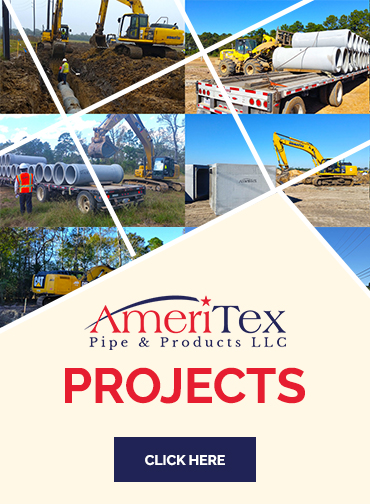What is a good flowable fill mix ratio?
Posted on July 6, 2022
When considering how much flowable fill to purchase, you need to determine what flowable fill mix ratio you need for your utility trenches and pipe projects.
Flowable fill has gained prominence in trench construction over the past two decades as a low-cost alternative to compacting soils in a trench or ditch. Not as strong as concrete, flowable fill consists of similar materials but with greater water content.
Learn how to determine the right flowable fill mix ratio for your needs.
What compressive strength do I need for my flowable fill mixtures?
The American Concrete Institute (ACI) defines flowable fill, or controlled low-strength material, as a self-compacting cementitious material with a compressive strength of 1,200 pounds per square inch or less at 28 days. Most flowable fill mix measures a compressive strength of 300 pounds per square inch simply because flow fill concrete does not bear any loads or carry direct vehicular weight, such as with a drainage pipe.
A good flowable fill mix ratio can have more air and water in it compared to concrete.
What is the typical ready-mix ratio for concrete?
Concrete normally contains around 10% cement, 20% air and water, 30% sand, and 40% gravel. The less water you use in the mix, the stronger the compressive strength is for your mixture. You’ll see this mixture for load-bearing structures, the top surface of roads and bridges, and anything that requires steel-reinforced concrete.
When you design a flow fill mix for your projects, you can use other ingredients compared to the ones used to make concrete.
Why would you need flowable fill mixtures at your site?
Flowable fill works on your pipe project or trench for several reasons:
- Self-compacting. The weight of the flowable fill mixture, primarily due to the water, self-compacts as it fills in the empty spaces in the trench or pipe project.
- Self-leveling. Flowable fill, as the name suggests, is viscous enough to flow over every crevice and uneven ground. As the substance fills the trench, it levels off along the top surface. You get an entirely flat surface, relatively speaking, when it reaches the top. You don’t have to screed the top because it’s not load-bearing.
- Lowers labor costs. Self-compacting and self-leveling flowable fill mixtures reduce labor costs because your teams don’t have to tamp down gravel, dirt, or sediments. For the overall cost of the flow fill concrete, you make up the difference in saving labor costs on a project.
- Irregular layout. Utility trenches rarely have regular sizes and layouts. Flow fill works best for irregular layouts. All you need is an estimate of the volume of the trench, and then order the one you need from your ready-mix company.
- Hard-to-reach areas. Flowable fill mixtures reach underneath precast concrete pipes after they are in place, even if there are very tiny spaces that require support. The main goal is to fill in every possible place with viscous liquid that flows easily and hardens readily.
- Quickly hardens. Flowable fill hardens and cures quickly, sometimes within just a few hours. You don’t need to wait for it to cure since it doesn’t bear a load.
Because it doesn’t bear a load, flowable fill mixtures can contain substances that concrete can’t.
What does a flowable fill mixture contain?
Flowable fill mixtures can contain plenty of other materials that cost less than those in ready-mix concrete. You can create a flow fill mix ratio that meets your project’s requirements.
- Fine aggregates or fillers may comprise between 1,500 and 3,000 pounds per cubic yard of flowable fill. Particles of fine aggregates are no bigger than half a centimeter wide. Filler is less than three-fourths a millimeter in diameter. These materials must be granular enough to drain excess water from the mix as it hardens. It must also enhance the flowability of the ready-mix.
- Cementitious materials include Portland cement, pozzolanic materials, and self-cementing substances. This portion of your flowable fill mix generally comprises three to five percent of the entire mixture by weight. Portland cement is the hardest substance, while pozzolanics include fly ash, a self-cementing material leftover from the burning of coal. It’s often a less expensive alternative to Portland cement.
- Water comprises 50 to 80 gallons per cubic yard of flowable fill mix, compared to around 35 to 40 gallons per cubic yard of concrete. The added water in the flowable fill design evaporates more readily, meaning the flowable fill hardens and cures more quickly.
Ready for a partnership on your concrete pipe project?
AmeriTex Pipe & Products can offer robust project management for your excavation or pipe project. We have years of experience in the industry, and we’d be happy to partner with your company and help you with flowable fill mix design.
Take a look at some resources about what we can do for your team:


